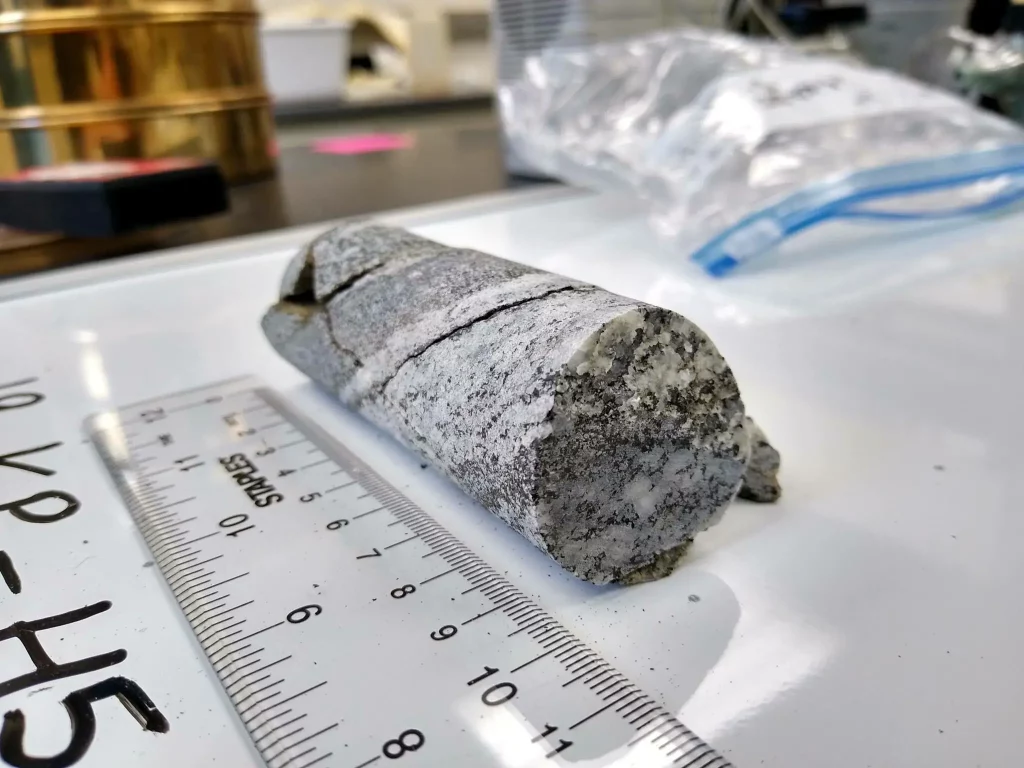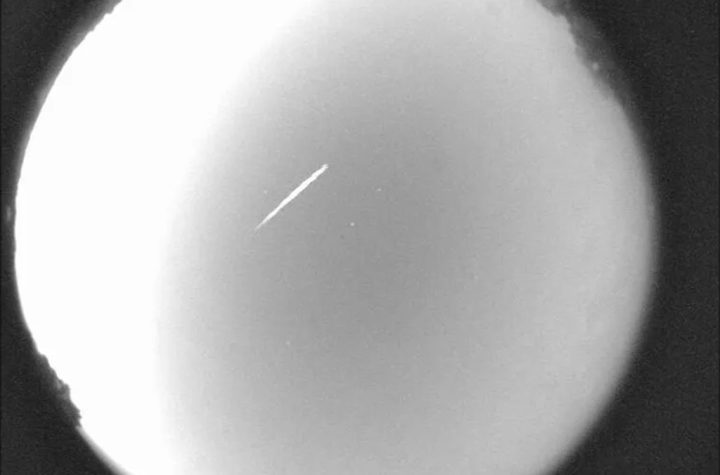Kamp lapangan di Gletser Thwaites tempat tim ditempatkan untuk pengeboran. Kredit: Greg Palko (Berkeley Geoscience Center)
peneliti dari seluruh dunia[{” attribute=””>Thwaites Glacier Collaboration found that the West Antarctic Ice Sheet had been thinner in the past and had regrown, suggesting that glacial retreat could be reversed. The study used rock samples to show that ice near Thwaites Glacier was at least 35 meters thinner in the last 5000 years and took a minimum of 3000 years to reach its current size. However, this recovery timeframe poses concerns given the expected impact of sea level rise due to imminent climate change.
The West Antarctic Ice Sheet is shrinking, with many glaciers across the region retreating and melting at an alarming rate. However, this was not always the case according to new research published last month in The Cryosphere. A team of scientists from the International Thwaites Glacier Collaboration (ITGC), including two researchers from the British Antarctic Survey (BAS), discovered that the ice sheet near Thwaites Glacier was thinner in the last few thousand years than it is today. This unexpected find shows that glaciers in the region were able to regrow following earlier shrinkage.
Sea level rise is already putting millions of people in low-lying coastal communities around the world at risk from flooding. The contribution from melting Antarctic ice is currently the greatest source of uncertainty in predictions of how much and how quickly the sea level will rise in the coming decades and centuries. Together with its immediate neighbor, Thwaites Glacier currently dominates the Antarctic contribution to sea level rise. To understand how this important glacier will respond to the climate changes expected in the coming century, scientists need to know how it behaves under a wide range of climatic conditions and over long timescales. Since satellite observations only go back a few decades in time, we need to look at the geological record to find this information.

The rock cores were taken back to the lab from Thwaites for analysis. Credit: Keir Nichols (Imperial College London)
Jonathan Adams, co-author and PhD student at BAS, says:
“By studying the history of glaciers like Thwaites, we can gain valuable insight into how the Antarctic Ice Sheet may evolve in future. Records of ice sheet change from rocks that are presently exposed above the ice sheet surface end around 5000 years ago, so to find out what happened since then, we need to study rock presently buried beneath the ice sheet.”
Using drills specially designed to cut through both ice and the underlying rock, the team recovered rock samples from deep beneath the ice sheet next to Thwaites Glacier. They then measured, in those rock samples, specific atoms that are made when rocks are exposed at the surface of the Earth to radiation coming from outer space. If ice covers those rocks, these particular atoms are no longer made. Their presence can therefore reveal periods in the past when the ice sheet was smaller than the present.
Keir Nichols, a glacial geologist from Imperial College London and a lead author of the study, says:
“This was a huge team effort: several of us spent weeks away from home doing fieldwork in an extremely remote part of Antarctica, whilst others endured literally thousands of hours in the lab analyzing the rocks we collected. The atoms we measured exist only in tiny amounts in these rocks, so we were pushing right to the limit of what is currently possible and there was no guarantee it would work. We are excited that this is the first study to reveal the recent history of an ice sheet using bedrock collected from directly beneath it.”
The team discovered that the rocks they collected were not always covered by ice. Their measurements showed that, during the past 5000 years, ice near Thwaites Glacier was at least 35 meters thinner than it is now. Furthermore, their models demonstrated that its growth since then – making the ice sheet the size it is today – took at least 3000 years.
This discovery reveals that ice sheet retreat in the Thwaites Glacier region can be reversed. The challenge for scientists now is to understand the conditions required to make that possible.
Joanne Johnson, a geologist at BAS and co-author of the study, says:
“On the face of it, these results seem like good news – Thwaites Glacier was able to regrow from a smaller configuration in the geologically-recent past. However, our study shows that this recovery took more than 3000 years, in a climate that was likely not as warm as what we expect for the coming centuries. If we want to avoid the impacts of sea level rise on our world that will result from continued retreat of the West Antarctic Ice Sheet, that timescale is far longer than we can afford to wait.”
Reference: “Reversible ice sheet thinning in the Amundsen Sea Embayment during the Late Holocene” by Greg Balco, Nathan Brown, Keir Nichols, Ryan A. Venturelli, Jonathan Adams, Scott Braddock, Seth Campbell, Brent Goehring, Joanne S. Johnson, Dylan H. Rood, Klaus Wilcken, Brenda Hall and John Woodward, 28 April 2023, The Cryosphere.
DOI: 10.5194/tc-17-1787-2023

“Kutu buku musik lepas. Pecandu internet bersertifikat. Pencinta perjalanan. Penyelenggara hardcore. “


:quality(85)/cloudfront-us-east-1.images.arcpublishing.com/infobae/7TWQ4X62A46CAYFXSIKB2B3DYQ.jpg)






More Stories
Hujan meteor Eta Aquarius, pecahan Komet Halley, mencapai puncaknya akhir pekan ini. Berikut cara melihatnya
Beberapa satelit NASA akan segera berhenti mengirimkan data ke Bumi
Video: Peluncuran pesawat ruang angkasa Chang'e-6 Tiongkok di sisi jauh bulan